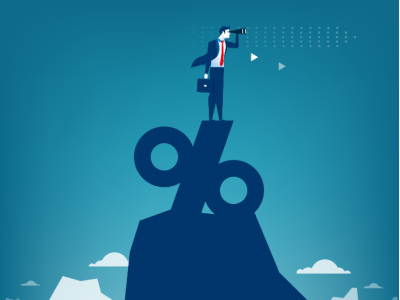Two macroeconomic factors have recently been on employers’ minds: interest rates and the labor market. While these two issues may at first seem to have little, if any, connection to one another, they are actually quite closely linked.
For example, in a recent article for Fortune, Christopher Rugaber and the Associated Press write, “America’s employers added a substantial 311,000 jobs in February, fewer than January’s huge gain but enough to keep pressure on the Federal Reserve to raise interest rates aggressively to fight inflation.”
What do interest rates and inflation have to do with the number of jobs added in February? Let’s look at a few key connections.
Labor Market and Inflation
Inflation is largely driven by supply and demand—the more supply and less demand there is for a good or service, the lower the price sellers are typically able to charge. On the other hand, when supply is low and demand is high, sellers can command a higher price.
The cost of labor is driven by the same supply-and-demand factors. When labor is in short supply, companies often have to pay higher wages to attract workers.
Higher Wages and Increased Demand
When employees have more money in their paychecks at the end of each pay period, they might put some into savings or investments, but they’ll also likely spend some. When millions of employees across the country are receiving higher wages, that’s a big boost to the demand for goods and services, and that increased demand contributes to higher prices.
Higher Wages and Higher Costs
At the same time, wages make up a considerable part of a business’s expenses, and higher worker wages mean higher costs.
Employers may be able to “eat” some of those higher costs in the form of decreased profits, but at some point, they’ll likely look to raise prices. When higher costs cause workers to demand higher wages, the cycle of higher costs can increase, leading to a situation known as a wage-price spiral.
Interest Rates and Inflation
When interest rates rise, it’s more expensive to borrow money, which ultimately leads to less spending and therefore less demand for goods and services. All else being equal, that decreased demand should lead to lower costs. Importantly, it also leads to less demand for workers because there are fewer goods to produce and services to provide.
The link between interest rates and the labor market might seem a bit complicated, but it’s a very important consideration for both policymakers and employers.
Lin Grensing-Pophal is a Contributing Editor at HR Daily Advisor.

